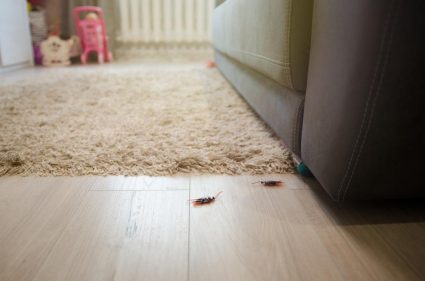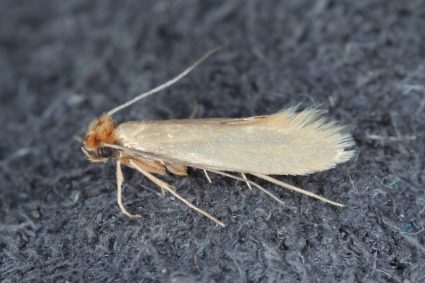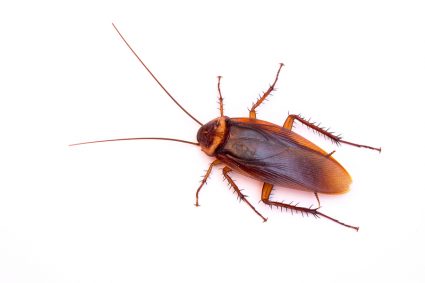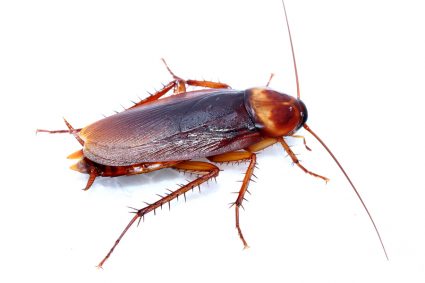
Cockroaches are insects that have been around for millions of years. They can be found all over the world, and their sizes can vary greatly depending on the species. This article will delve deep into the world of cockroaches to answer the question, “How big can a roach get?”.
The size of a roach can vary greatly depending on the species and environment. Most common household roaches range from half an inch to 1.6 inches in length. However, the world’s largest roach, the Megaloblatta longipennis, can reach over three and a half inches in length and have a wingspan of up to 8 inches.
Average Size of a Common Household Roach
The size of a common household roach depends on the species. The American cockroach, one of the most common species found in homes, averages 1.4 to 1.6 inches (35-41mm) in length. Other common household cockroaches include the Brownbanded cockroach, which can be half an inch long, and the Oriental cockroach, which is about an inch long.
The Largest Roach Species
The largest cockroach species found globally is the Megaloblatta longipennis. This cockroach measures over three and a half inches in length and over an inch and a half in width. It can be found in Peru, Ecuador, and Panama. According to the Guinness Book of World Records, the largest winged cockroach is also the Megaloblatta longipennis, with a wingspan of up to 8 inches.
How Environment Affects the Size of a Roach
The environment can significantly affect the size of a roach by influencing factors such as temperature, humidity, and environmental sanitation. For example, American cockroaches generally live in moist areas but can survive in dry areas if they have access to water. They prefer high temperatures around 29 °C (84 °F). Environmental sanitation also plays a role in the manifestation of cockroaches, as research has shown that there is a significant relationship between environmental sanitation and the existence of cockroaches.
Factors Contributing to the Growth and Size of a Roach
Several factors contribute to the growth and size of a roach, including species, environment, food availability, and temperature. Cockroaches undergo a life cycle that starts as eggs and transforms into adults, passing through the nymph stage. The duration of the nymph stage can vary depending on factors like species and environmental conditions.
Geographic Regions Where Larger Roach Species are Prevalent
Larger cockroach species are prevalent in specific geographic regions. For example, the American cockroach, which is one of the largest common species, is more commonly found in subtropical and tropical regions than in temperate regions. The Australian giant burrowing cockroach, which is the world’s heaviest cockroach species, is native to Australia and mostly found in tropical and subtropical parts of Queensland.
Differences in Size Between Male and Female Roaches
The sizes of male and female cockroaches differ depending on the species. In most cases, female cockroaches are larger than males, as they need more space to store and carry their eggs. For example, in the case of American cockroaches, both males and females grow to be the same size, but males have wings that extend slightly beyond the abdomen, while females may appear broader in the abdomen.
Temperature and the Growth of a Roach
Temperature plays a significant role in the growth and development of cockroaches. As cold-blooded organisms, they are highly influenced by the temperature of their environment. Cockroaches do not develop or reproduce when temperatures are too cold (below 45°F) or too hot (above 115°F).
In conclusion, the size of a roach can vary greatly depending on several factors. These include the species, the environment, the availability of food and water, and even the temperature. By understanding these factors, we can better understand how big a roach can get.
Frequently Asked Questions
What is the lifespan of a roach?
The lifespan of a cockroach varies depending on the species and environmental conditions. However, most common household roaches like the American cockroach live for approximately one year.
Do all roaches fly?
Not all cockroaches can fly. While some species have wings and can fly, others have wings but do not fly. Some species do not have wings at all.
Are cockroaches harmful to humans?
Cockroaches are not directly harmful to humans in the sense that they do not bite or sting. However, they can carry diseases and allergens which can affect humans, especially those with allergies or asthma.
How fast can a roach reproduce?
Cockroaches are known for their rapid reproduction. A female cockroach can produce up to 300-400 offspring in her lifetime.
Can cockroaches survive without food and water?
Cockroaches can survive for about a month without food and about two weeks without water. This ability to survive in harsh conditions contributes to their resilience.
How can I prevent roaches from infesting my home?
Keeping your home clean and free of food debris can help prevent a roach infestation. Sealing any cracks or crevices in walls and floors can also help prevent roaches from entering your home. Regular pest control treatments can also be beneficial.












